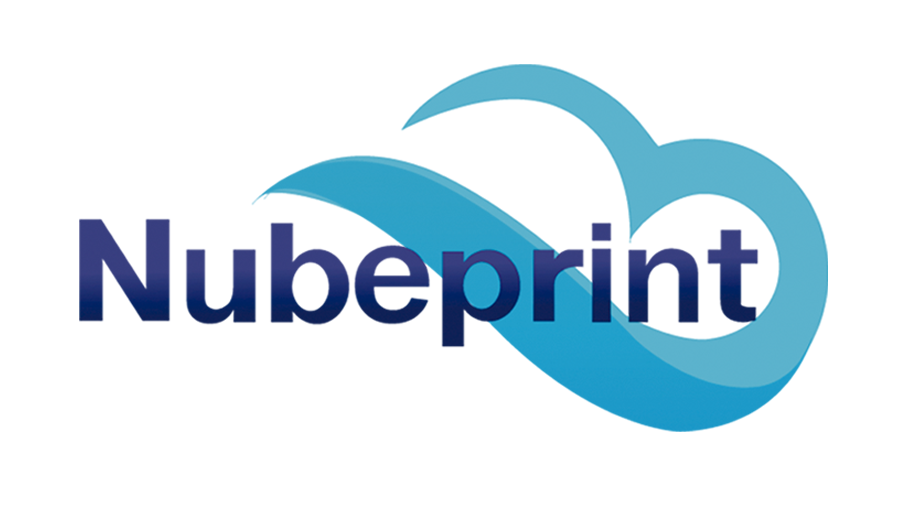The Statute of Venice laid the foundation for today’s patent law, protecting useful inventions, granting exclusive rights for a period of time and prosecuting infringers.
Nubeprint has 5 patents registered to date. In 2010, it developed the first MPS solution in the cloud and, a year later, the managed MPS solution with dynamic algorithms and filters. In 2013, it creates the first A.I. (artificial intelligence) engine for MPS, in 2017, Machine Learning (ML) developed specifically for MPS.
Did you know …….?
KNOW MORE
The shocking sequence of an iguana running on its feet and being chased by hundreds of snakes was seen by millions of viewers. The BBC’s Planet Earth documentary series has been a before and after in the audiovisual world and not only is it filmed in HD, but new species are appearing and its global audience has surpassed all expectations.
One of the keys to the success of these documentaries is to contact the scientific team that is conducting research and join them at the right time. The British channel has had six teams of professionals who have filmed in 40 countries over three years and have found new ways to tell stories thanks to technology, providing unpublished images and news about animals we thought we knew.
Technological advances have made it possible to create a whole series of techniques for recording these documentaries, from remote-controlled cameras to drones or stabilized cameras to follow wild animals in any remote location.
The editing of everything recorded, also implemented with the new digital techniques, is vital for the recorded sequences to have rhythm and attract the viewer’s attention.
Finally, David Attenborough’s narration makes the viewer be abstracted by the images on the screen, making nature documentaries serve to evade us, but also remind us of other vital aspects of our planet, the defense of our environment and the protection of wildlife.
Nubeprint is a pioneer in the use of state-of-the-art monitoring technology to offer managed print services. The most complete ecosystem of data collectors allows the service provider to monitor from the smallest printer to the most complex industrial equipment with minimal effort. Its A.I. engine and Machine Learning, allows the optimization of printer fleet management in MPS or ASR. In addition, thanks to apps such as “Installations” and “Coverage”, it minimizes the proliferation of waste, guaranteeing the change to the new cartridge when the total charge of the previous one runs out, avoiding waste to the maximum and favoring the defense of our environment.
SOURCE: elmundo.es / Nubeprint.com
Technological advances have made it possible to create a whole series of techniques for recording these documentaries, from remote-controlled cameras to drones or stabilized cameras to follow wild animals in any remote location.
The editing of everything recorded, also implemented with the new digital techniques, is vital for the recorded sequences to have rhythm and attract the viewer’s attention.
Finally, David Attenborough’s narration makes the viewer be abstracted by the images on the screen, making nature documentaries serve to evade us, but also remind us of other vital aspects of our planet, the defense of our environment and the protection of wildlife.
Nubeprint is a pioneer in the use of state-of-the-art monitoring technology to offer managed print services. The most complete ecosystem of data collectors allows the service provider to monitor from the smallest printer to the most complex industrial equipment with minimal effort. Its A.I. engine and Machine Learning, allows the optimization of printer fleet management in MPS or ASR. In addition, thanks to apps such as “Installations” and “Coverage”, it minimizes the proliferation of waste, guaranteeing the change to the new cartridge when the total charge of the previous one runs out, avoiding waste to the maximum and favoring the defense of our environment.
SOURCE: elmundo.es / Nubeprint.com
Finally, David Attenborough’s narration makes the viewer be abstracted by the images on the screen, making nature documentaries serve to evade us, but also remind us of other vital aspects of our planet, the defense of our environment and the protection of wildlife.
